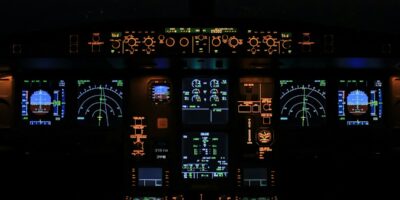Understanding the various types of aircraft logbooks is crucial for anyone involved in the aviation industry, whether they are pilots, mechanics, or aviation managers. An aircraft logbook is not just a record-keeping tool; it is a legal document that ensures an aircraft complies with all aviation regulations and is safe for operation. There are four primary types of aircraft logbooks, each serving a unique and vital function: the airframe logbook, the engine logbook, the propeller logbook, and the appliance logbook. This article delves into what each logbook contains, its importance, and how it contributes to the safe and efficient operation of aircrafts.

1. Airframe Logbook
The airframe logbook records all maintenance, repair, and overhaul activities performed on the structure of the aircraft. This includes the fuselage, wings, tail, and landing gear. Every significant action taken on these parts, from routine inspections and minor repairs to major modifications, must be documented in the airframe logbook. The detailed entries in this logbook help ensure that the aircraft’s structural integrity is maintained, thereby guaranteeing safety during flight operations. It’s a critical tool for tracking the lifespan and history of the aircraft’s body.
2. Engine Logbook
The engine logbook is dedicated to documenting all activities related to the aircraft’s engine(s). This includes routine maintenance, repairs, inspections, and any modifications or overhauls. The engine is arguably the most critical component of an aircraft, and maintaining detailed records in this logbook is essential for ensuring performance and safety. It provides a detailed history of the engine’s condition and helps mechanics diagnose issues and anticipate future problems. This logbook is especially important from a resale perspective, as potential buyers will want to review the engine’s maintenance history.
3. Propeller Logbook
Much like the engine logbook, the propeller logbook focuses on a specific component of the aircraft – the propeller. This logbook tracks maintenance, inspections, repairs, and alterations done on the propeller. Since the propeller is a primary component responsible for generating thrust, keeping an accurate and up-to-date propeller logbook is vital for flight safety. It ensures that any wear and tear or potential issues are addressed promptly, maintaining the efficiency and reliability of the propeller system.

4. Appliance Logbook
The appliance logbook records information about various equipment and systems installed in the aircraft, such as electrical systems, avionics, and other onboard technology. This logbook is crucial for ensuring that all the aircraft’s systems are functioning correctly and are regularly maintained. It helps technicians keep track of system updates, troubleshooting, and repairs, which are essential for the smooth operation of the aircraft. Each piece of equipment or system may have its own section within this logbook, depending on the aircraft’s configuration and complexity.
Each type of aircraft logbook plays a crucial role in maintaining the aircraft’s safety, reliability, and value. They serve as official records that ensure compliance with aviation standards and regulations. For anyone responsible for an aircraft’s upkeep, understanding how to accurately maintain these logbooks is fundamental to ensuring the aircraft operates safely and efficiently. Moreover, these logbooks are vital during audits and when selling the aircraft, as they provide a transparent history of the aircraft’s maintenance and operations. Whether you are a pilot, a mechanic, or an aviation administrator, familiarizing yourself with these four types of logbooks is essential for a successful career in aviation.




Leave a Reply